There are a LOT of books about handling communication overload. Shelves are full of great advice about achieving Inbox Zero, and working in 'Deep Focus' mode.
Andrew Brodsky's PING is slightly different.
Whilst there is some great advice about managing the technology, the real insight comes from the way that Brodsky prompts you to choose the right method of virtual communication.
Brodsky is a workplace communication expert and digs into the almost ubiquitous world of virtual communications — and how to use them. He offers practical, research-backed advice for anyone who wants to regain control of their communication and attention without harming their career.
Each chapter focuses on a different aspect of virtual communication and contains a practical, real-world example followed by some scientific or academic study that backs up the proposed solution. The chapter then rounds out with learnings using the PING framework:
- P - Perspective Taking
- I - Initiative
- N - Non-Verbal
- G - Goals
This framework encourages you to think differently about how you handle virtual communications.
Here are some main insights I took from the book.
Core Idea
You are not imagining it.
Workplace communication is speeding up, fragmenting your day and killing your focus.
Most modern workers are drowning in meetings, emails, instant messages, and Zoom/Teams calls — without any real system to manage them.
Brodsky argues that simply trying to “keep up” is not the answer. Instead, you need a deliberate communication strategy.
You must consciously choose how and when you communicate.
Otherwise, you will stay trapped in reactive work, unable to make meaningful progress.
Why PING Matters
- Studies show workers spend 70% or more of their day communicating.
- Communication overload reduces productivity, increases stress, and drives burnout.
- Organisations reward responsiveness — but few teach people how to be effective communicators.
Brodsky insists you must manage communication like any other critical resource — or risk letting it manage you.
Key Concepts from the Book
1. Communication isn’t neutral
- Every ping demands your attention, even if you ignore it.
- “Quick” communications often cause hours of context switching and lost focus.
Example: If you answer a Slack message while deep in a project, you could lose 20–30 minutes getting back into flow.
Question for you: How often do you let someone else’s urgency set your priorities?
2. The communication triangle: Speed, Richness, Effort
Brodsky introduces a simple framework to think about with every virtual communication. When you communicate, you need to always balance:
- Speed: How fast the message is delivered and responded to.
- Richness: How much emotional and contextual information is conveyed.
- Effort: How much time and energy it takes to craft and consume the message.
Practical insight: You cannot maximise all three at once. You must choose based on what the situation demandss
Example:
- A face-to-face meeting = high richness, high effort, low speed.
- An instant message = high speed, low richness, low effort.
Question for you: Are you matching your communication method to the real needs of each situation? How often do you even evaluate the correct methodology for communication before you press send?
3. Default to asynchronous communication
- Most meetings are unnecessary.
- Email, recorded videos, voice notes, and project management tools often work better.
- Asynchronous communication gives people time to think, respond, and do deep work.
Data point: Workers rate 50–70% of meetings as “wasteful.” My workplace has recently asked for an audit of meetings, and it has been eye-opening.
Actionable idea: Before you call a meeting, ask yourself: Could this be an email, a video recording, or a Workplace/Slack post?
4. Protect your attention with communication “windows”
- Brodsky recommends blocking specific times for reactive communication. Whilst many practitioners suggest once or twice per day, brodsky suggests that you need to tune this to your role, and the demands of your organisation.
- Outside these windows, focus fully on proactive work.
Example schedule:
- 9–9:30: Check and reply to urgent messages
- 12–12:30: Respond to emails and messages
- 4–4:30: Final inbox sweep
Personal tip: You can even put your communication hours in your email signature or online status.
Question for you: What one block of time could you protect tomorrow to focus without interruptions?
5. Set and communicate boundaries
- You must teach others how to work with you.
- Be clear about your availability, preferred communication methods, and response times.
Sample script: “I check email three times a day and will get back to you within 24 hours unless urgent.”
Question for you: What boundaries could you set for your time, and how could you share those with the people you work with?
Favourite Quotes from PING
- "We're being judged by a new yardstick: not just by how smart we are, or by our training and expertise, but also how well we handle ourselves and each other." (Daniel Goleman)
- “Communication is not just a necessary evil — it is the work itself.”
- “Responding faster is not the same as responding better.”
- “The best communicators are the ones who know when not to communicate.”
Final Takeaways
- Communication overload is one of the biggest productivity drains.
- You cannot eliminate workplace communication — but you can manage it better.
- Thoughtful communication boosts your productivity, reputation, and mental health.
- The best strategy: fewer, richer, more intentional communications.
Simple reflection for you:
If you improved your communication habits by just 10%, what would be the impact on your focus, stress, and results?
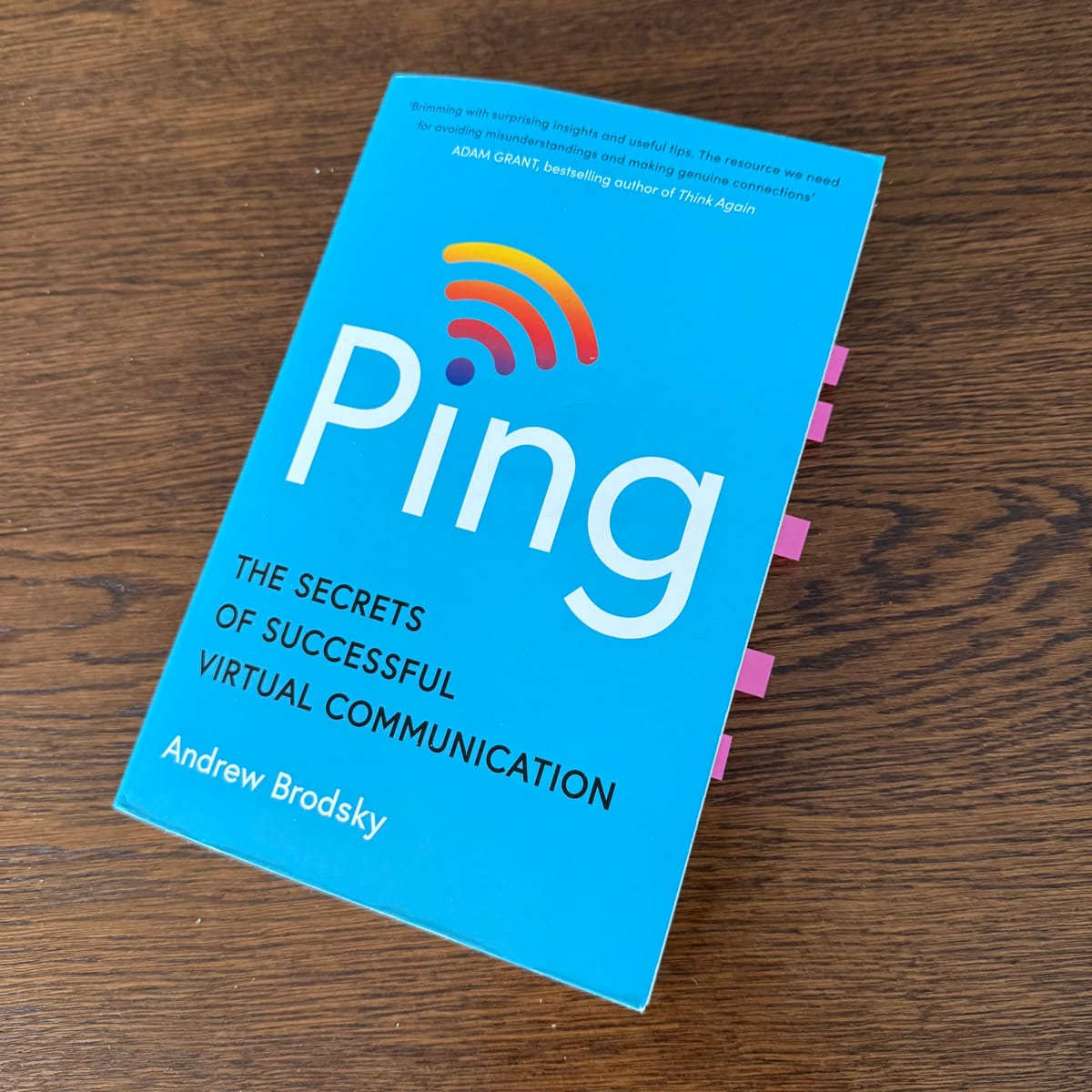

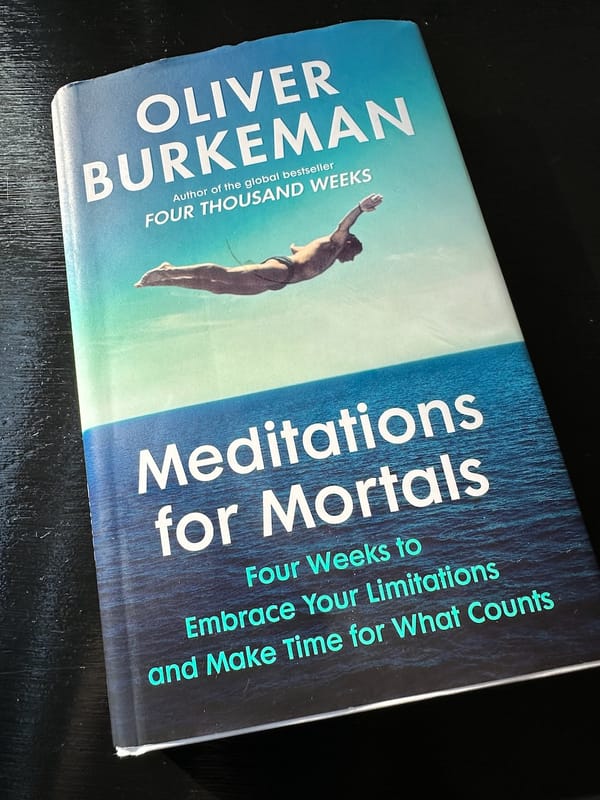
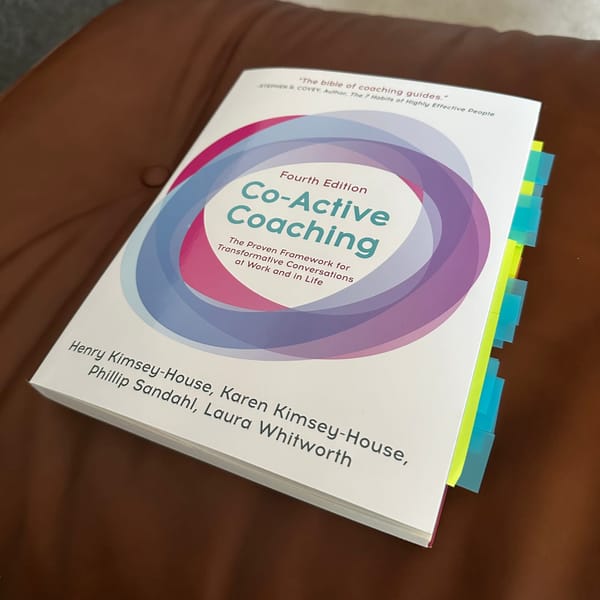
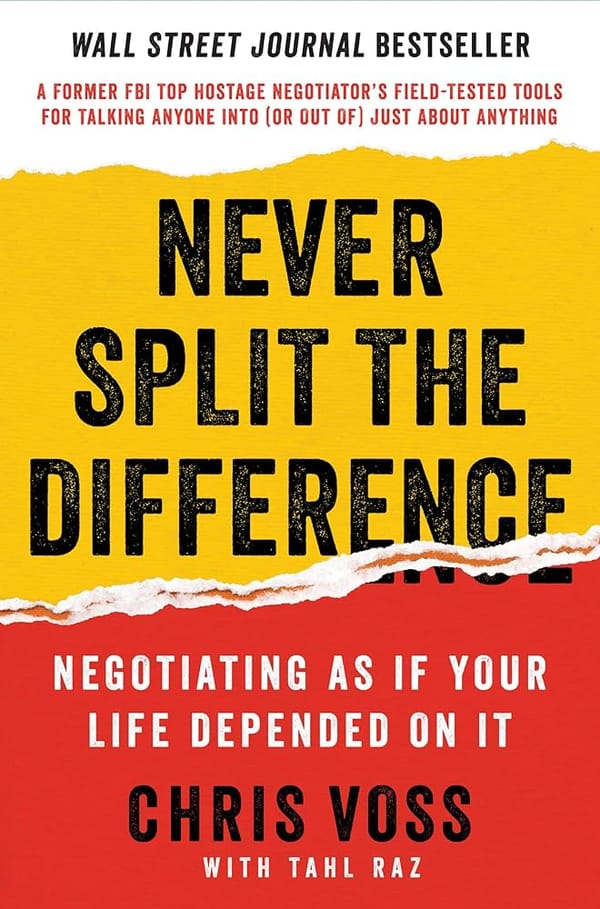
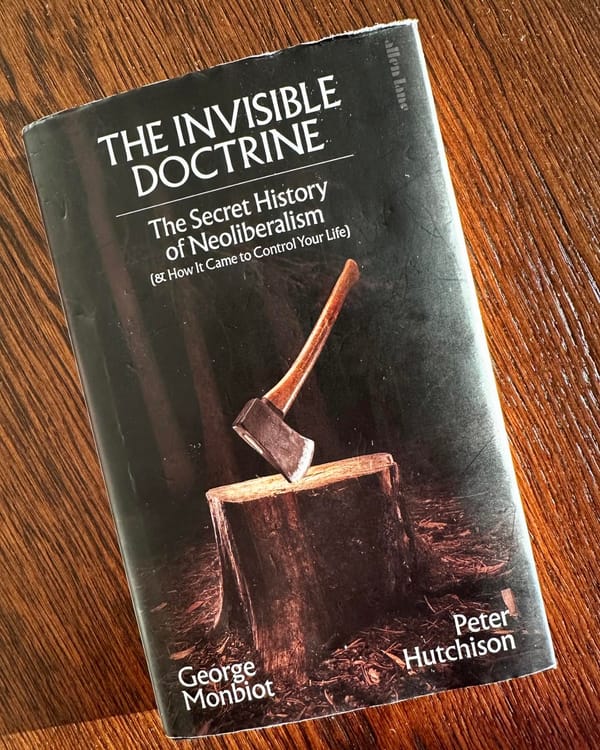
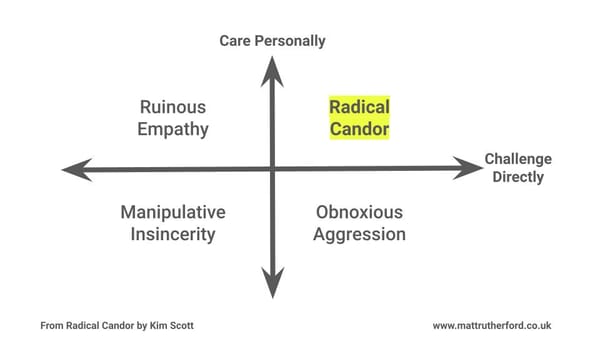
Member discussion